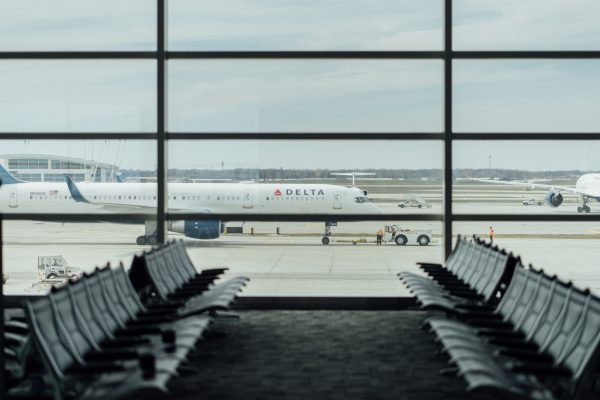Asia/Pacific Seat Capacity Increases By 80% In Last 10 Years
Luton, UK, 5 February 2013: The continued increase in seat capacity across the Asia/Pacific region can be largely attributed to the expansion of capacity in Indonesia’s domestic market and an increase in services between mainland China and Taiwan, according to the latest statistics from OAG, the market leader in aviation data and analysis.The OAG FACTS (Frequency and Capacity Trend Statistics) report for February 2013 reveals that airlines in the Asia/Pacific market will add 4.8 million seats in February 2013 versus February 2012, taking seat capacity to just under 100 million within the region. This equates to a 5% year-on-year increase.
South East and North East Asia are highlighted as key growth drivers, increasing seat capacity by 12% and 5% respectively in February 2013 compared to the same month last year. North East Asia will have 52 million available seats in February 2013, while South East Asia will have 20 million.
The growth in seat capacity within the Asia/Pacific market contrasts with the trends elsewhere. Europe (-6%), Africa (-5%), the Middle East (-5%) North America (-4%) and Central and South America (-4%) will all offer fewer intra-regional seats in February 2013 versus February 2012.
Indonesia’s low-cost growth
Indonesia has emerged as a particular hotspot for growth in South East Asia and will see its domestic seat capacity increase by 18% in February 2013, with just over 1 million seats added since February 2012. In just five years, the Indonesian domestic seat market has almost doubled, growing from 3.5 million seats in February 2008 to 6.8 million in February this year.
John Grant, executive vice president, OAG says: “The Indonesian domestic market is fast paced and highly competitive and low-cost carriers have become an increasingly important contributor to domestic capacity growth. While Lion Air is the clear leader in terms of domestic seat capacity, Indonesia AirAsia is rapidly increasing its share of the market.
“With the demand for domestic travel increasing in Indonesia, coupled with the substantial aircraft order books at Lion Air and Indonesia AirAsia, this trend of low-cost carriers gaining an increasing share of overall domestic seat capacity looks set to continue.”
Cross-Strait liberalisation
In North East Asia, meanwhile, the increasing liberalisation of air services between mainland China and Taiwan provides another source of significant capacity growth within the Asia/Pacific region. Until 2008, direct services between mainland China and Taiwan were not permitted, but following political agreement upon the liberalisation of the route, both countries have seen strong growth in international seat capacity.
In fact, Taiwan is now China’s second biggest international market, after Korea, accounting for 15% of all international seats to/from China in February 2013. Similarly, China is Taiwan’s largest international market and will account for 25% of all international seat capacity during the same period. The latest agreement will see the limit on weekly cross-Strait services increased from the current level of 558 to 616 from March 2013.
Grant adds: “The liberalisation of services has had a huge impact on the to/from seat capacity in both mainland China and Taiwan. Further liberalisation on the route and the potential for the introduction of connections between new city pairs will contribute to the continued extension of capacity within Asia/Pacific as a whole.”
An executive summary of the OAG FACTS February report is available here.







